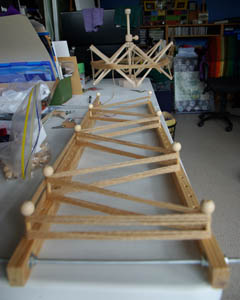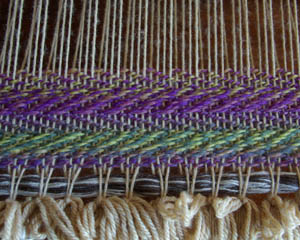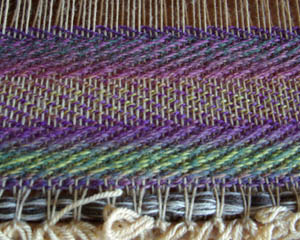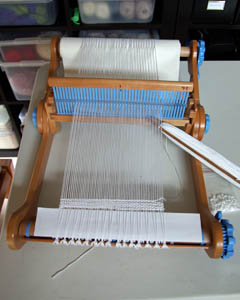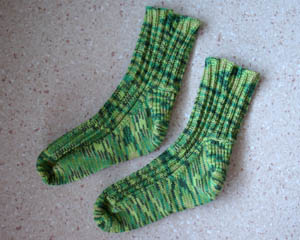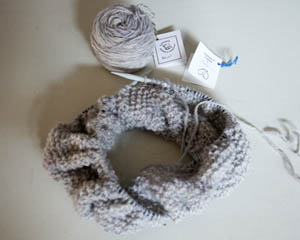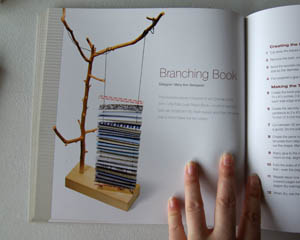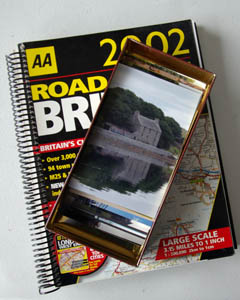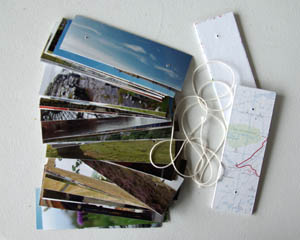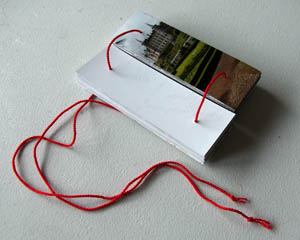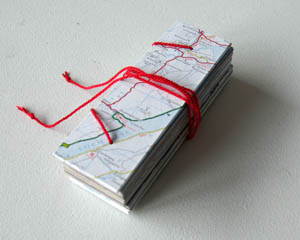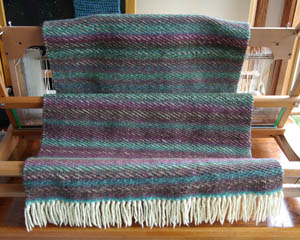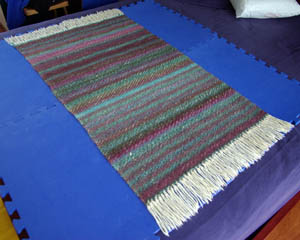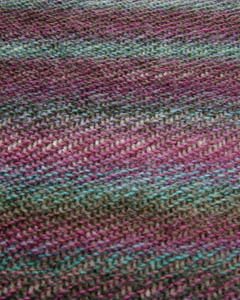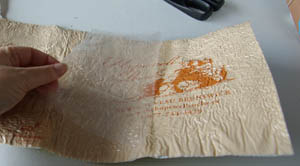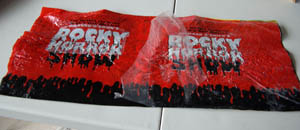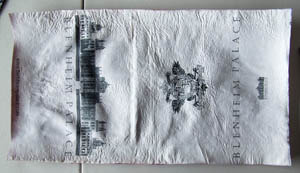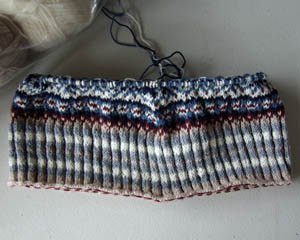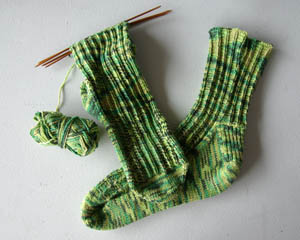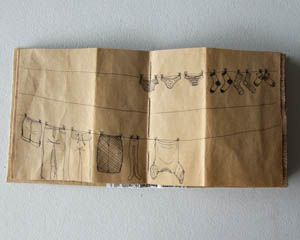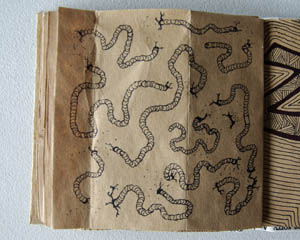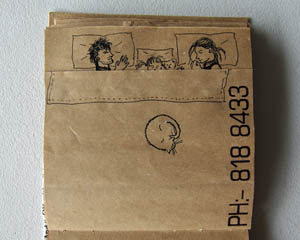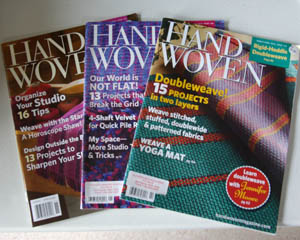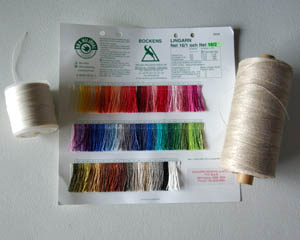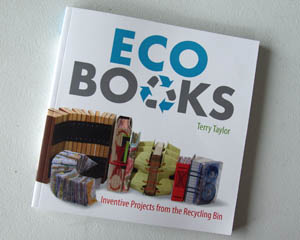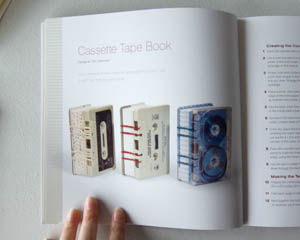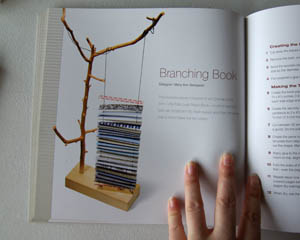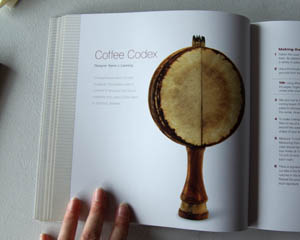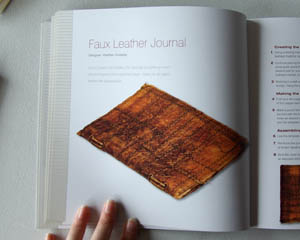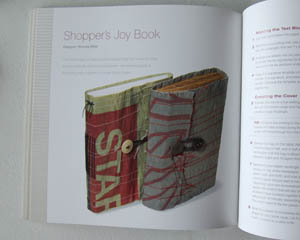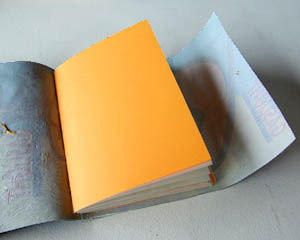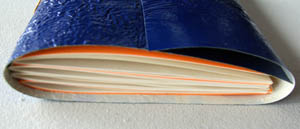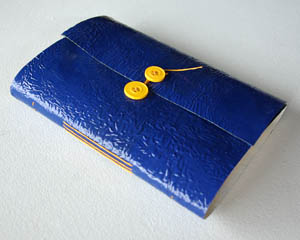I’ve been wanting to try a coptic bound book for a while now. The Chain Stitch Sketchbook used a similar method, but with one needle and the stitches at the top and bottom row of holes aren’t a nice loop of chains. The teacher at the book binding class said coptic stitch with multiple needles was fun, so I was pleased when Eco Books had instructions for it.
Pretty crap instructions, as it turned out. But I’m getting ahead of myself.
A friend’s 50th birthday was coming up and I know she loves interesting blank journals. I knew she was going on a big trip to the UK later in the year, so on the weekend I dug up the road atlas from that trip (again) and selected some pages from central London to cover the covers with. I bought some good quality acid free paper for the pages, and selected some blue embroidery thread out of my stash for the binding and a matching ribbon.
After several days waiting for the cover to dry, I spend an evening sewing up the book. My first attempt involved lots of unpicking as I realised my kettle stitches didn’t look right. When I finished, I found the stitches still didn’t look right, and the spine was very loose and sloppy.
So I looked up coptic stitch tutorials on the internet, and discovered that I was putting my kettle stitch in the wrong place. So I cut the binding off and started again, with green thread. This time I got it right.
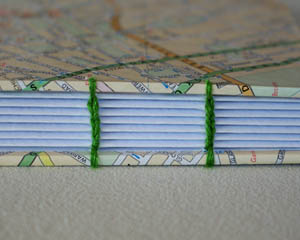
I made a little pocket on the inside of both covers, for collecting mementos:
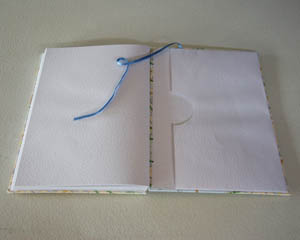
My earlier attempt was so sloppy it would never have stayed upright like this:
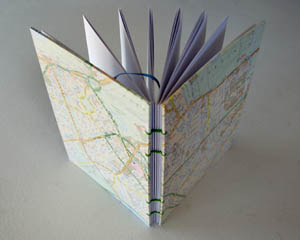
Much better. And who knows? Maybe my friend will find herself in London, near the V&A or the Palace, and in need of a map.

